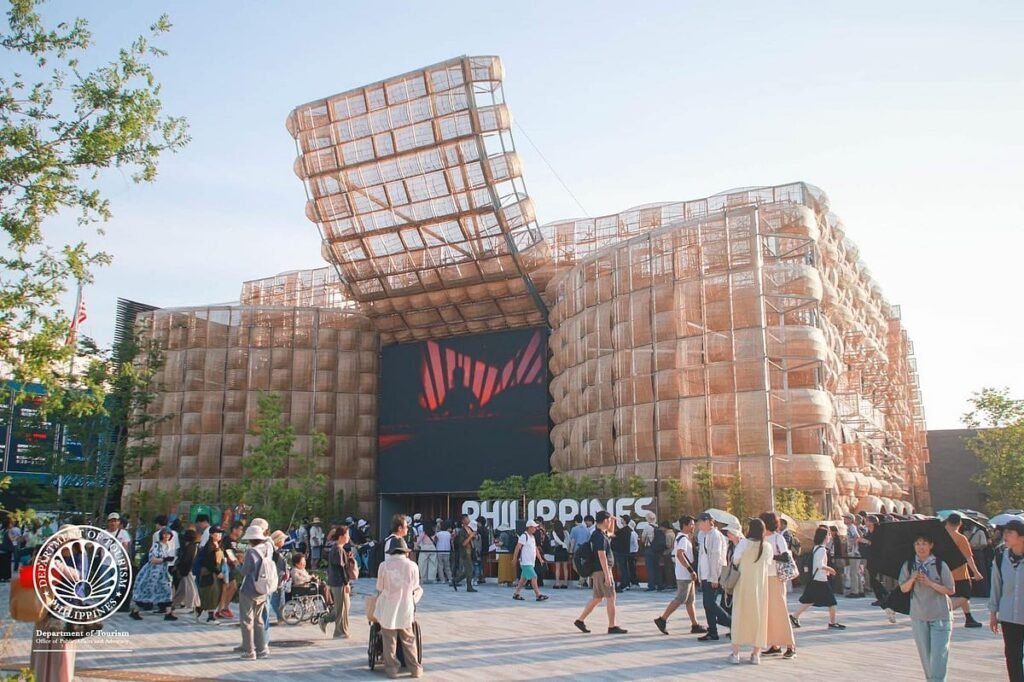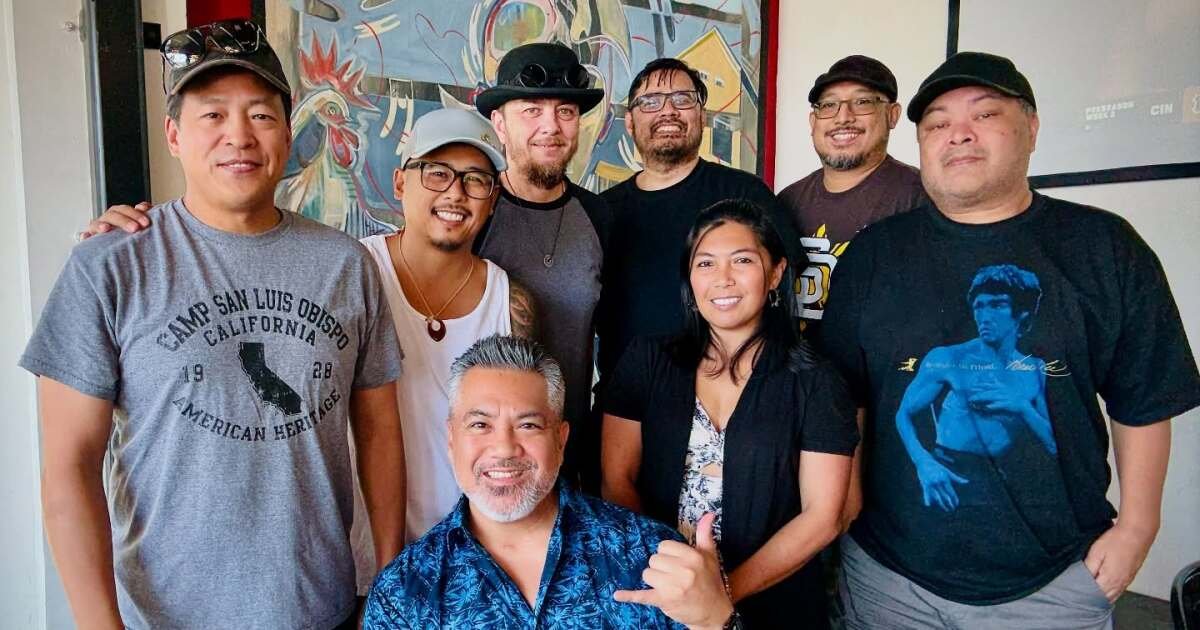The celebration drew an audience that included senior officials and dignitaries from both Japan and the Philippines. Among them were Commissioner General Koji Haneda and Madame Ihoko Haneda, Osaka Mayor Hideyuki Yokoyama, Japanese Ambassador to the Philippines Kazuya Endo, Philippine Ambassador to Japan Mylene Garcia-Albano, and Senator Nancy Binay. Commissioner Haneda praised the Philippine Pavilion for creatively integrating heritage and digital technology and expressed hope that more Japanese and international visitors would discover the Philippines through the exhibit.
On 20 June, President Ferdinand R. Marcos Jr. and First Lady Louise Araneta-Marcos visited the Philippine Pavilion during an official working visit to Japan, following an invitation from Japanese Prime Minister Ishiba Shigeru.
Accompanied by Secretary Frasco and other officials, the President explored the immersive features of the Pavilion, including regional scrim installations that tell stories from all 18 Philippine regions. He praised the exhibit for representing not only the country’s natural attractions but also the values, creativity and soul of the Filipino people.
“This is a demonstration of the President’s vision coming to life,” Secretary Frasco told the media. “To reintroduce the Philippines to the world — not only through our famous beaches and landscapes, but through the strength of our identity and our local communities.”
The presidential visit was complemented by a high-level meeting with key Japanese tourism stakeholders.
During this dialogue, President Marcos emphasized the Philippines’ readiness for deeper tourism collaboration, citing increased flight connectivity between the two countries, which now totals 214 weekly flights. He also highlighted the rollout of new initiatives including the Philippine Experience Program, upgrades to regional airports and roads, and the introduction of a Digital Nomad Visa aimed at long-stay travelers.
Visitors of all backgrounds have expressed admiration for the Pavilion. Japanese tourist Takayuki Nakamura remarked on the country’s rich history and beautiful coastlines, saying he hoped to visit once travel becomes easier.
Swiss guest Shona Allemann found the Pavilion’s floral motion screen “magical,” and was amazed by the number and diversity of Philippine islands.
Iranian visitor Mounes Rasti praised the fusion of tradition and modern design, calling the Pavilion one of the most engaging he had seen at the Expo.
Even Filipino icon Jose Mari Chan, who once lived in Osaka as a missionary teacher during the 1970 Expo, proudly told friends to visit the Philippine Pavilion, calling it a must-see. “I love the Philippines. I love my country. So, I will forever be a Filipino. I invite you to visit the Philippines! You will love it!”
Rommer Arguelles, a Filipino based in Qatar and the Pavilion’s 300,000th visitor, was visibly moved by the display. He praised the blend of technology and heritage, noting how it made each province come alive.
“Kung ibang lahi ako,” he said, “maiintindihan mo na bawat lugar sa Pinas may magandang pwedeng i-offer.”
As Expo 2025 Osaka continues through 13 October, the Philippines remains committed to its mission of bringing Filipino stories to the world — woven together through culture, community, and creativity.
More activities are lined up, including Philippine Week, ASEAN Day, and business, investment, and tourism missions that promise deeper engagement with the global audience.
In Secretary Frasco’s words: “Throughout the duration of the Expo, we invite everyone to deepen their engagement with the Philippines — through our culture, our communities, and our call to a better shared future.”
At Expo 2025, the Philippines isn’t just showcasing a pavilion — it’s weaving a legacy.











